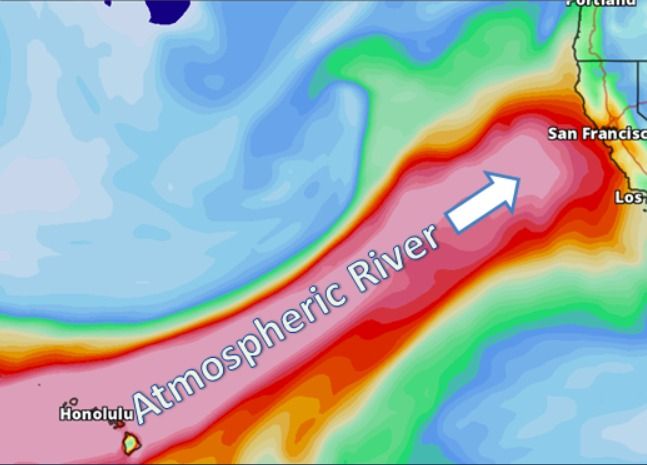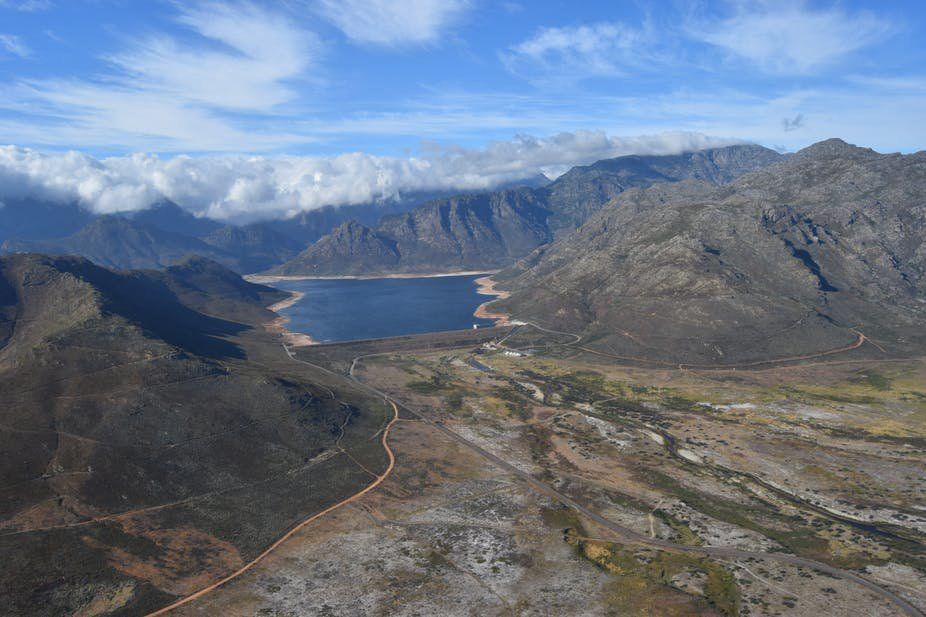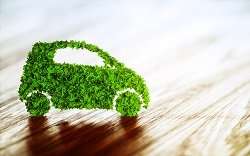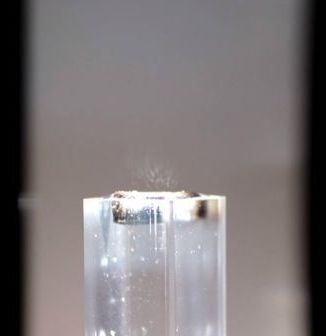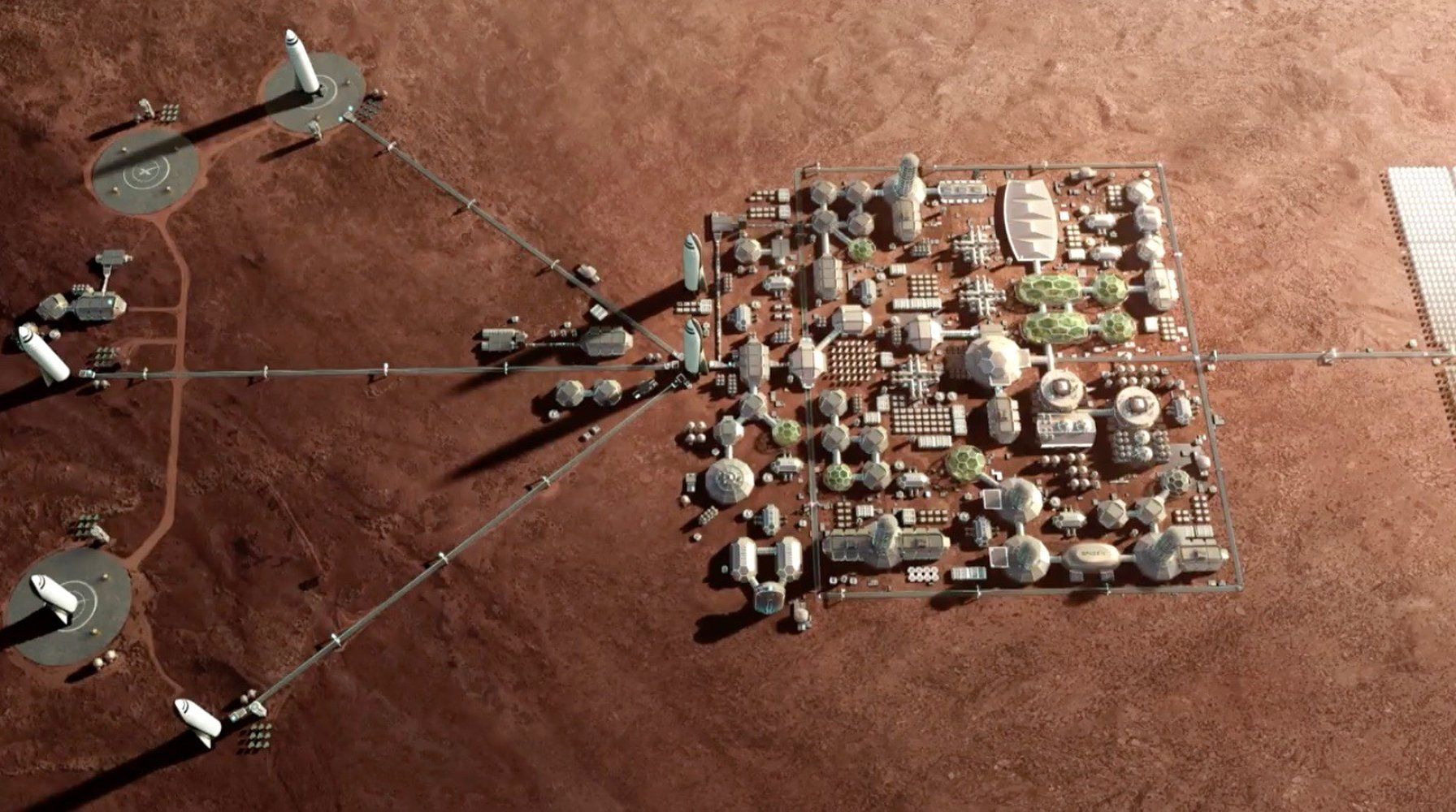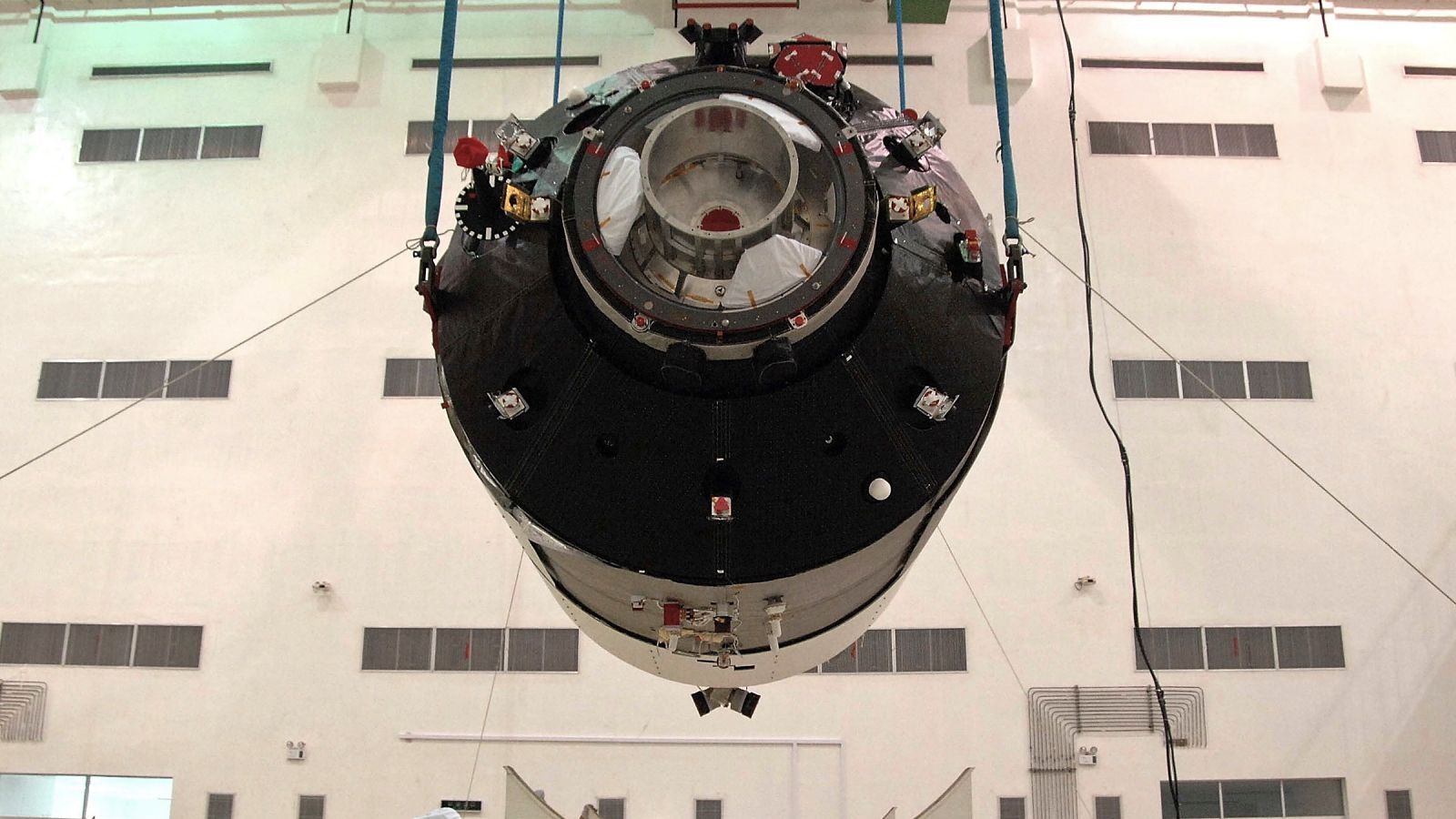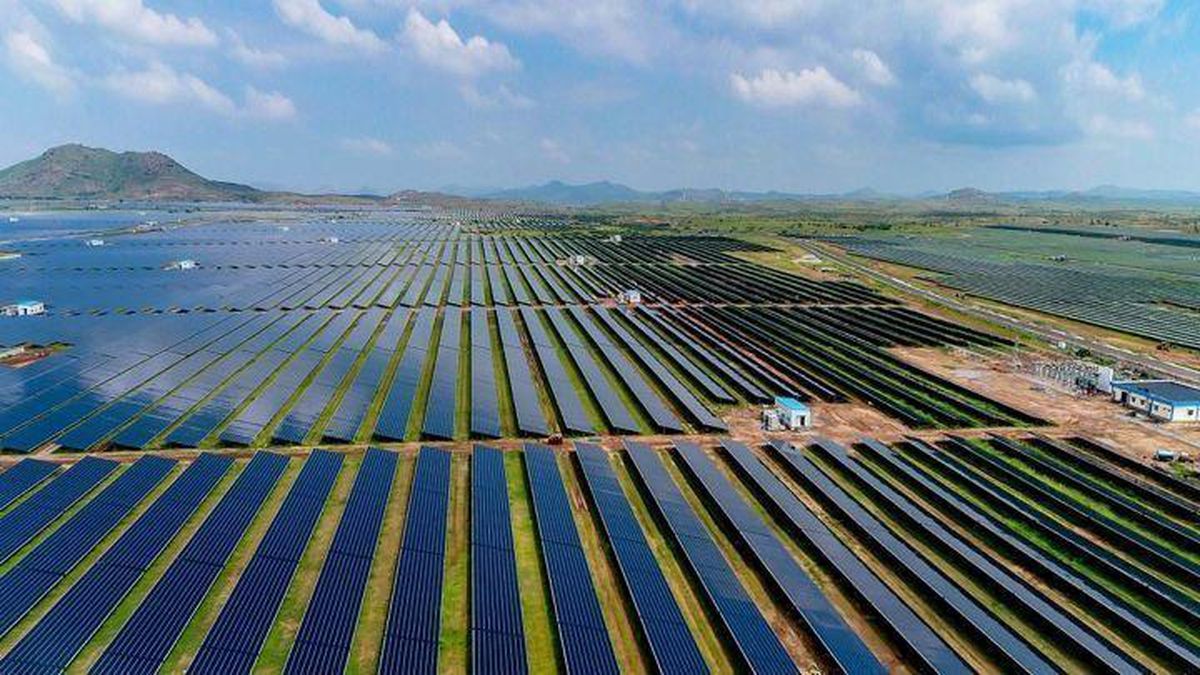As many as 153 million air pollution deaths would be avoided if governments speed up the timetable for reducing fossil fuel emissions, a new Duke University study finds. [This article first appeared on LongevityFacts. Author: Brady Hartman. ]
There is an overlooked benefit to lowering carbon emissions, besides reducing sea-level rise, a new study says.
Reducing emissions will likely save about 153 million human lives if the nations of the world agree to cut enough emissions to limit global temperature rise to less than 1.5°C (2.7 degrees Fahrenheit), by the end of the century. That is about a degree lower than the target set by the Paris climate accords.

